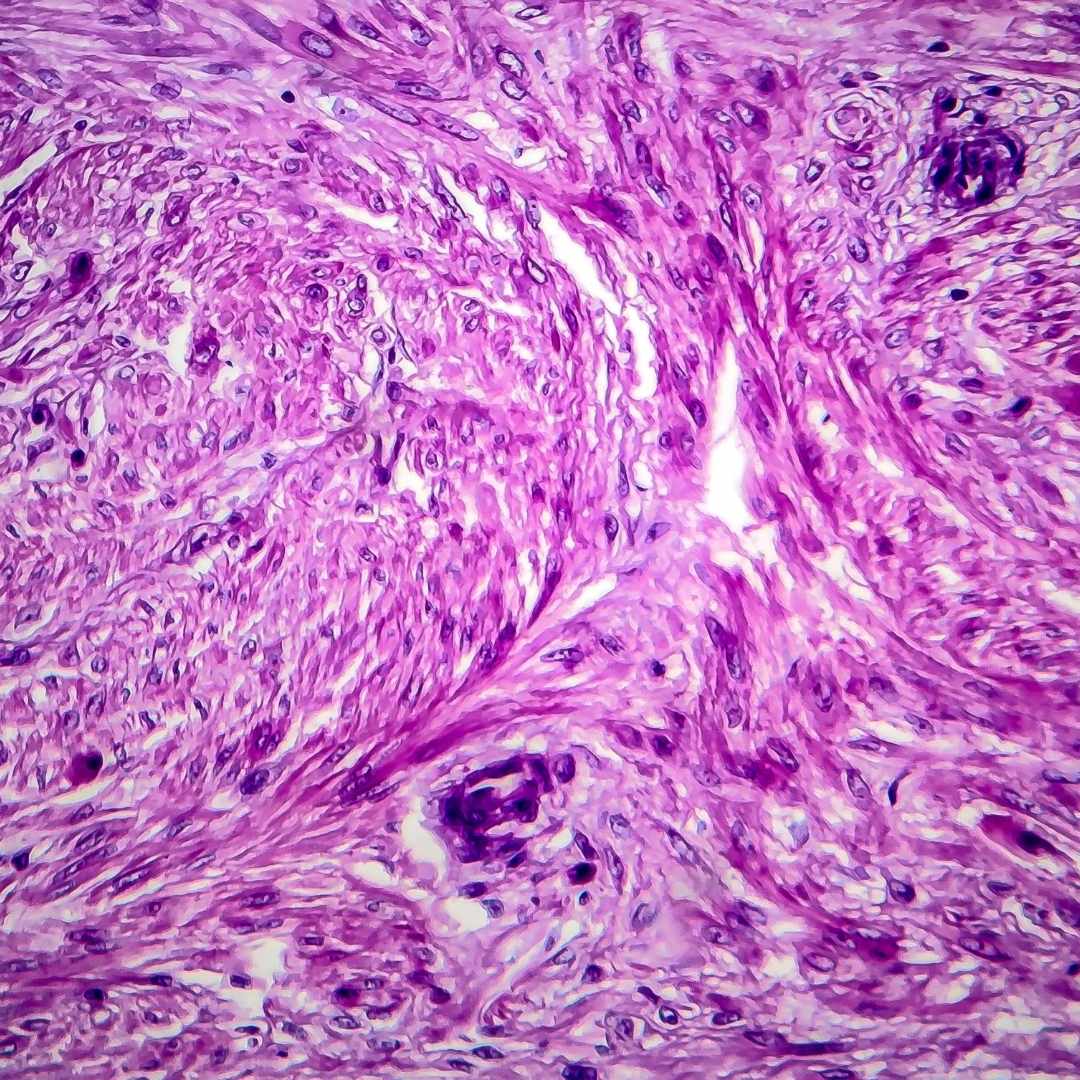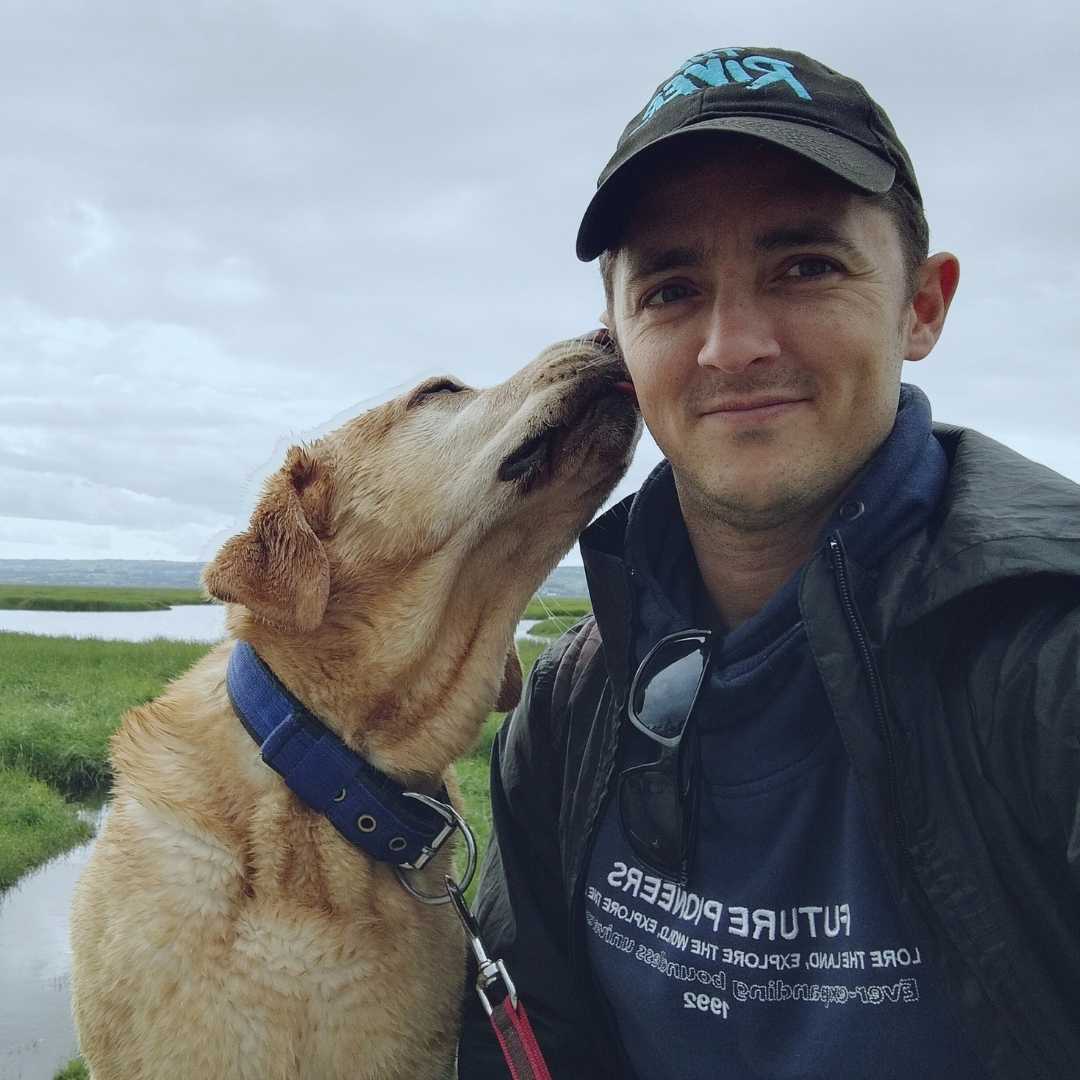Paper published: A text-mining based analysis of 100,000 tumours affecting dogs and cats in the United Kingdom

The latest paprt using SAVSNET data has been published in Nature Scientific Data. Dr Jose Rodriquez and colleagues, as part of an Erasmus placement, have created the first veterinary pathology-based tumour registry built from electronic pathology records (EPR) submitted to this network.
Cancer is a major reason for veterinary consultation, especially in companion animals. Cancer surveillance plays a key role in prevention but opportunities for such surveillance in companion animals are limited by the lack of suitable veterinary population health infrastructures.
From an original collection of 180232 free text (non-structured) EPRs reported between April 2018 and June 2019, we used specific text-mining methodologies to identify 109895 neoplasias. These data were normalized to describe both the tumour (type and location) and the animal (breed, neutering status and veterinary practice postcode). The resulting PTR, the largest of its kind for companion animals to date, is an important research resource being able to facilitate a wide array of research in areas including surveillance, clinical decision making and comparative cancer biology.
To read our research infographic, click here
To access the paper in full, click here (OPEN ACCESS)
The tumour registry: frequently asked questions
What laboratories are providing data for the SAVSNET tumour registry (TR)?
Three laboratories operating on a national scale (Idexx, Battlab and VPG) provided data for this first version of the SAVSNET tumour registry, becoming co-authors on the final paper. The collection of reports used covered a 13 month period from April 2018 to June 2019.
Is the SAVSNET TR a population-based registry?
No, it is not. The SAVSNET TR was created from reports from three diagnostic labs so it should considered a Pathology-based cancer registry. Apart from this, the tumour dataset has been published without a denmonator or reference population which implies that no inferences to the general population should be made. For example, when it comes to specific breeds, the Labrador Retriever is the breed most affected by lipomas in comparison with other breeds. This may only means that the Labrador Retriever is the most affected breed for lipomas within the SAVSNET TR dataset but not in the global population of dogs of this breed.
What is the SAVSNET TR useful for?
In spite of its limitations, the SAVSNET TR will be very useful for researchers and clinicians right now and in the near future. Of course, as with any retrospective study, conclusions about causality cannot be made. Generation of plausible hypotheses is a key step in the scientific research process and for this, the SAVSNET TR can help a lot.
You may be a veterinary practitioner who has recently treated a couple of dogs of an uncommon breed that were affected by an uncommon tumour. You may think “Perhaps this breed is more prone to this kind of tumour?” You may be curious and call some colleague to share your experience to know if they have had similar cases…or you can check the SAVSNET TR for the same purpose and find a handful of similar cases. This won't confirm any definitive fact but will make your hypothesis more solid and could let you to be more aware of these cases (take more notes, share your cases in a workshop with other colleagues, etc).
What is special about the SAVSNET tumour registry in comparison with former animal tumour registries?
We like to refer to the SAVSNET TR as the first ATR of the Big-Data era. We have built a collection of more than 100,000 tumours in a 13 month period. The difference in amount of data in comparison with former projects is huge.
Also, the SAVSNET TR is a detailed but anonymised dataset made public for consultation and further research. No other similar project has shared so many details about animals and tumours.
Will be the SAVSNET tumour registry updated in the future?
Currently, SAVSNET holds more data than the ATR we can make public. Not only data from more years but more detail about the different kind of tumours (tumour subtypes) and the affected animals. We are confident we can improve the SAVSNET TR in the future as well as publish other papers using a reference population. If you are a potential research funder and maybe interested in supporting this work, please do get in touch.
I have downloaded the SAVSNET tumour registry and have found some tumours in rare locations such a seminoma (testicular tumour) in the brain. Is that possible?
When it comes to tumour biology, almost anything is possible. However, chances are that a seminoma in the brain may be a mistake coming from the main limitation of the SAVSNET TR which is the lack of accuracy when it comes to the location of some tumours in animals affected by more than one tumour. Such inaccuracies are extremely rare, but arguably inevitable in such a large dataset.
If you find something that does not make sense, please email us (savsnet@liverpool.ac.uk) and we´ll be happy to take a look at the specific report and clarify.
I'm a researcher with an interest in a particular kind of uncommon tumour that I cannot find on the SAVSNET TR. It's very disappointing that such a huge collection of tumours doesn't include at least a couple of tumours Im interested in.
We found different kind of uncommon tumours in the collection of reports we worked with initially, but we merged some of them under generic terms such as “Carcinoma_others”, “Adenoma_others”, “Neoplasia_others”.
If you are interested in a specific kind of tumour and cannot find it, please let us know and we will try to provide you with more specific information.
Jose's story with SAVSNET
My name is Jose and I´m a Vet from Spain. I was awarded my Degree in Veterinary Medicine from the University of Las Palmas de Gran Canaria (ULPGC) in 2004 and soon started working as an Official Veterinarian in the field of Border Inspections Controls.
However, after a few years working for the Spanish administration, I started to think that I needed a change in my professional career. I wanted to learn and create new things and share findings with other people…in other words, I wanted to become a researcher.
From 2014 to 2016 I completed a Master’s Degree in Nutrition and Health from the Universitat Oberta de Catalunya. After this, I started my PhD, again at ULPGC, with the goal of creating a digital database with the tumours diagnosed over the last 20 years at the Anatomopathology Service of my Veterinary School.
Apart from this project, my PhD required all students to spend a few months in a university abroad working on a similar project to their respective thesis. In 2018, it was time for me to face this task.
I needed an agreement signed by a University Professor from my future destination to apply for my Erasmus scholar. This was necessary for funding my stay, especially that I planned to move with my wife, my two kids and my dog.
This was a challenge for me because I didn’t know people in other Universities working on similar projects to mine. I sent some mails to some Professors that seemed to be running research projects related to tumour registries, but they were unable to help.
A week before the deadline, a Professor from my Faculty told me about another Professor called Alan Radford at University of Liverpool who was in charge of a network that received “tonnes” of data from across the UK and then, that data was used for research.
Ana, my Professor, contacted Alan and he replied they would be happy to have me in Liverpool. We had a chat few days after that email and we agreed about the work I would do in Liverpool. Alan could then sign the documents for my Erasmus application.
So finally, on May the 2nd 2019, I arrived at the University of Liverpool Leahurst Campus. “Professor Alan Radford, please?” I said when I arrived at the reception.
For the next three months, I worked with a huge collection of electronic pathology records to extract information and creat an animal tumour registry. It seemed a titanic project, but we did it. I enjoyed every minute I spent working in that place, with such an amazing group of talented people always willing to help and teach me new things. I rediscovered the feeling of enjoying your work.
We did the work and wrote a paper to be submitted to the Journal Scientific Data (Nature). With the journal being so prestigious, we knew it was not going to be an easy process. But again, working together and pushing forward day after day, we finally received confirmation that our paper had been accepted in August 2021.
In September, the SAVSNET Tumour Registry was finally published providing the scientific and veterinary community a huge dataset of more than 100,000 tumours affecting almost 94,000 dogs and cats from the UK. We hope this will be platform from which future research projects can be developed. Having said this, this is just the beginning of this project, and we look forward to developing it further in the future. Please do feel able to get in touch if you have ideas for research you would like to discuss.
